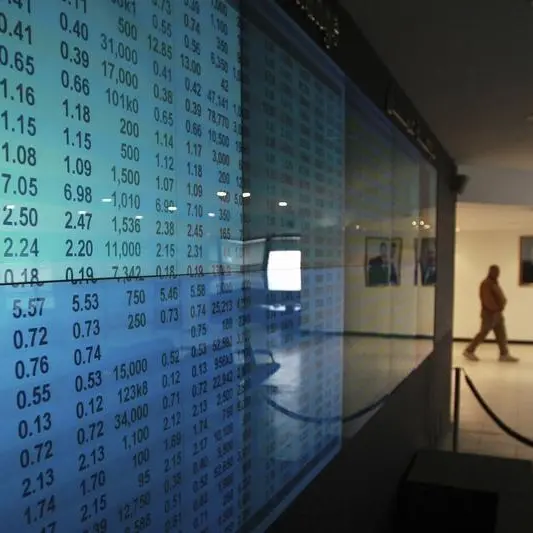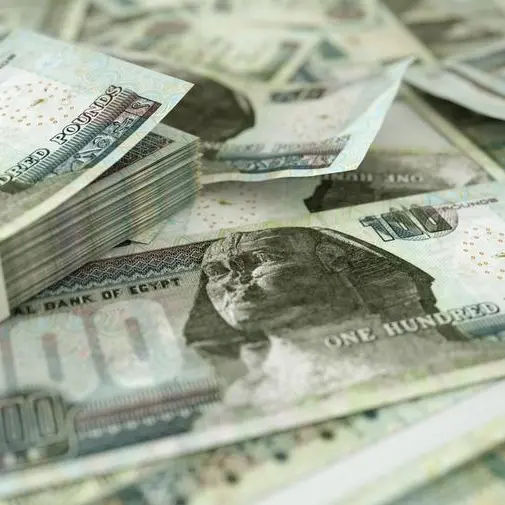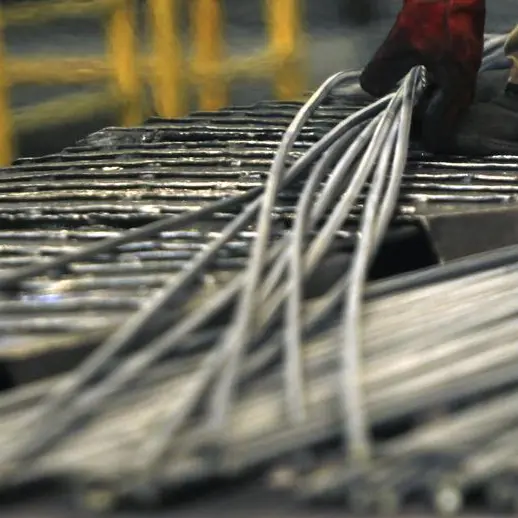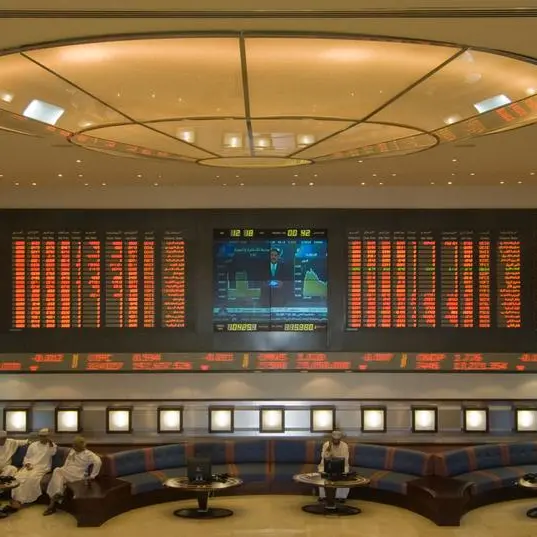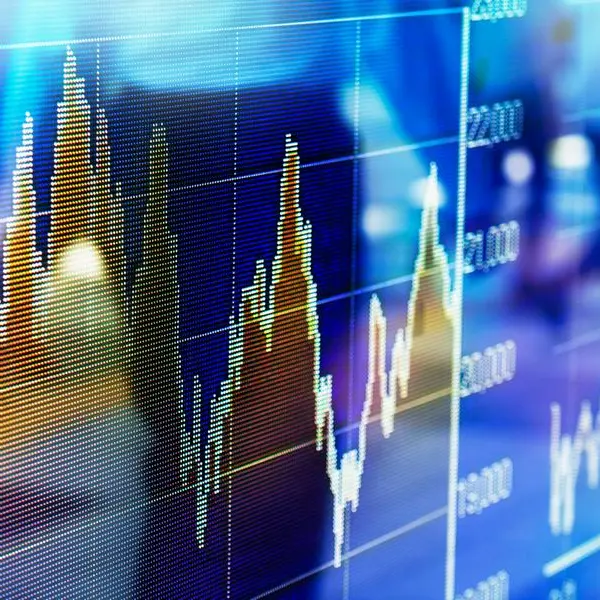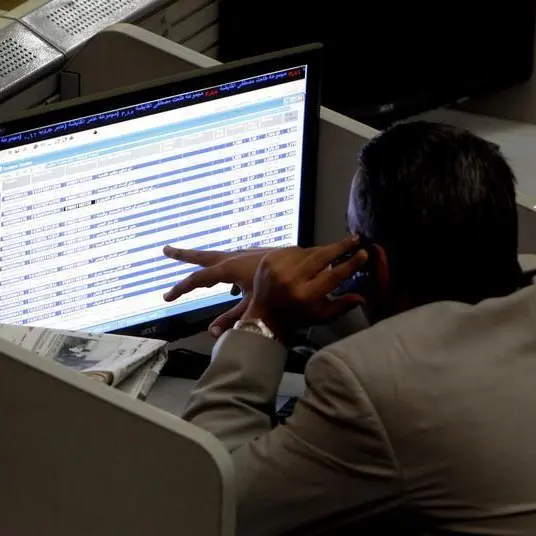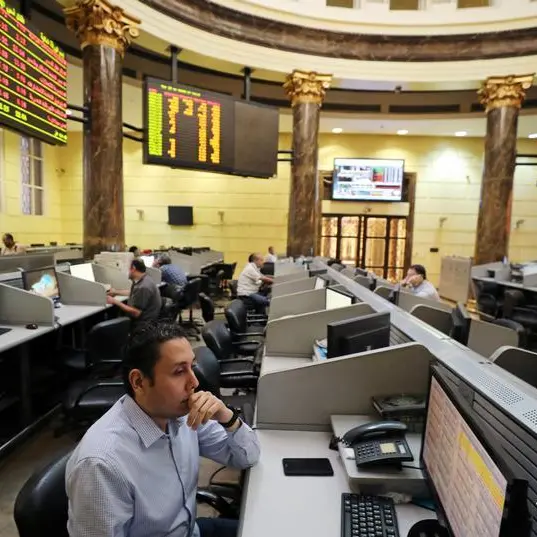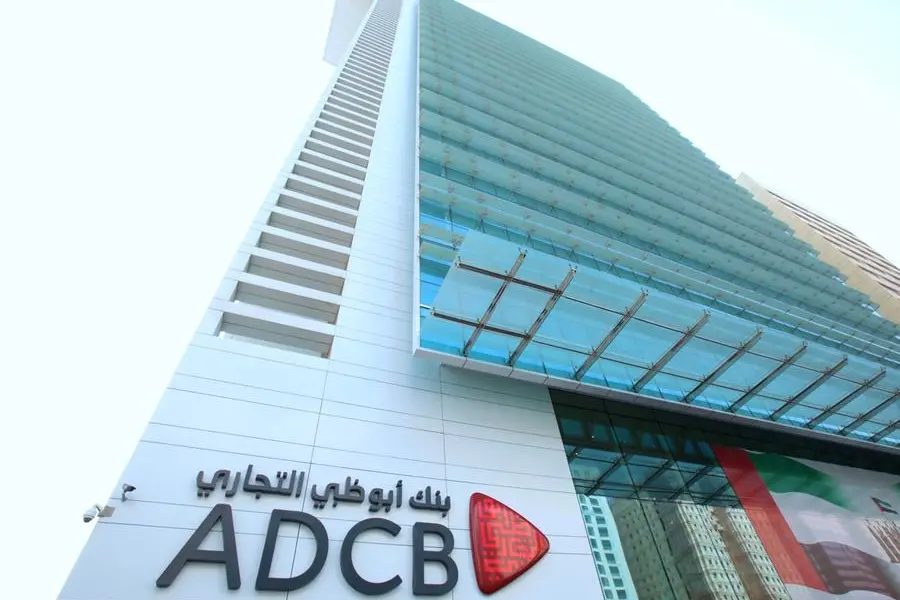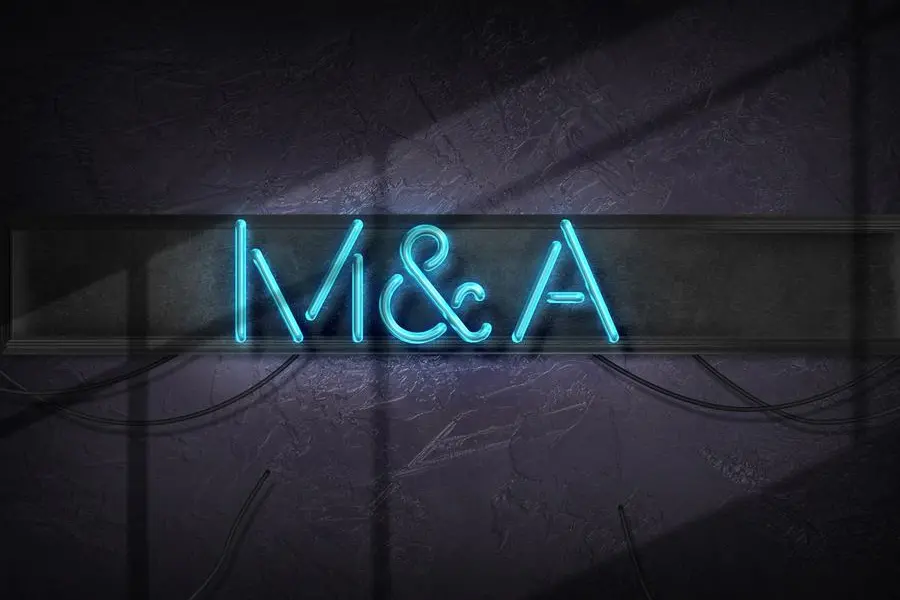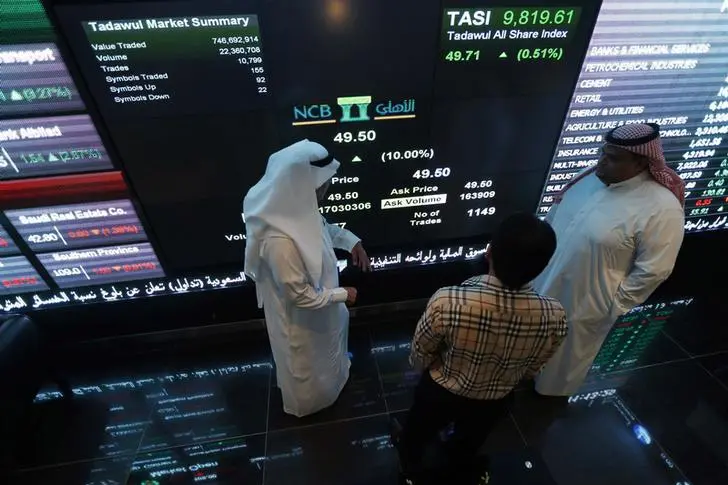Waha Capital reported a drop of 95.4 percent in its year-on-year profit for Q1 2019 to 7 million United Arab Emirates dirhams ($1.9 million), down from 156 million dirhams in Q1 2018. This 149 million dirham swing can be mostly explained by large drops in its direct investment portfolio share of profits, impairments and profits/losses on disposals, amounting to a negative swing of 218 million dirhams. The big save came from income from financial investments, which increased 96 million dirhams.
From private equity to hedge fund
The balance sheet shows that Waha’s direct investments dropped 583 million dirhams to 3.6 billion dirhams quarter-on-quarter (QoQ), while financial investments increased by 250 million dirhams. Borrowings remained flat. Waha’s decision to decrease its direct investment allocation makes sense given their large losses on that portfolio. But how did the firm increase its returns on its financial investments?
Waha’s collar on its Aercap shares continues to lose it money via the hedge reserve. The loss decreased from -49 million dirhams to -39 million dirhams, but this is most likely due to a decrease in the company’s collar position from 254 million dirhams as at end 2018 to 64 million dirhams as at end Q1 2019. Listed equity profits increased by 38 million dirhams year-on-year but the biggest contributor was an increase in fixed income profit of 84 million dirhams year-on-year. This is not surprising given the increase in Waha’s fixed income portfolio by 1.34 billion dirhams year-on-year to AED 3.63 billion dirhams, up from 2.92 billion dirhams in Q1 2018.
Waha appears to be moving away from direct investments, where it has fared poorly recently, and is becoming a fixed income investor. But how is it funding this?
Are repos a sustainable funding strategy?
Waha’s Q1 2019 interim financials of course do not give the same detail as a full annual report, so a review of the 2018 annual report can cast light on the structure of borrowings. The total borrowings of Waha did not change materially in Q1 2019. But the structure did, with a repayment of 435 million dirhams from funding on collared assets and an increase of 235 million dirhams from funding via repos of its fixed income portfolio. Annualised, these would be equivalent to repaying 1.7 billion dirhams on the collars and borrowing 0.94 billion on the repos.
The decrease in funding from the collar is normal as Waha decreases its position. But there is a cost to switching to repos. The 2018 financials show that the cost of collar financing is 1.09-1.97 percent but the cost of repos is 1-month Libor. Today, 1-month Libor stands at around 2.46 percent, an average difference of about 1 percent to the cost of the collar funding. The total collar funding as at end 2018 stood at 2.4 billion dirhams, while repos stood at 2.6 billion dirhams. If the collar financing runs off and Waha continues with its strategy of funding via repos, the net finance cost, assuming 1-month Libor remains stable, could increase by 240 million dirhams annually. Compare that to Waha’s 2018 profit of 163.8 million dirhams, or its annualised 2019 profit of 28.4 million dirhams.
Waha appears to be currently moving from a predominantly private equity firm to a predominantly fixed income hedge fund with an unsustainable finance cost structure.
Waha and PE: Dunia case study
Waha began life as Oasis Leasing, an operating company. When faced with commercial challenges, a new board took the brilliant strategic decision of transforming the company into an investment firm by selling its operating assets to Aercap and releasing a massive amount of liquidity via cheap funding by borrowing against an equity collar on its Aercap shares. Unfortunately, the management of Waha did not capitalise on this move, squandering the opportunity by entering into PE deals without the ability to extract value.
Dunia Finance, a financial lending company in which Waha owns 25 percent and currently holds the chairmanship, is one example. Waha’s share of the net assets of Dunia dropped from 159 million dirhams at the end of 2017 to 12 million dirhams at the end of 2018, a 92 percent loss in value. Worse, its share of goodwill in Dunia stands at 6.4 million dirhams, which was unchanged over the year 2018. How does Dunia lose 92 percent of its real assets and still maintain goodwill equivalent to over 50 percent of those real assets?
A sign of further problems comes out in the Q1 2019 financials that Waha injected 87.5 million dirhams into Dunia. In the best case scenario that Dunia has no liabilities, then its equity would be 18.8 million dirhams, and this would indicate that Waha injected 4.6 times its share of the equity in Dunia in Q1 2019 - and here goodwill is being included. Without the goodwill, it would be 7.3 times the maximum equity. Either Waha is expecting massive growth for Dunia or there is a problem.
Waha’s strategic challenges
Waha cannot continue with its current strategy of effectively becoming a fixed income hedge fund financed by the repo market. It either has to reduce its financing cost structure, perhaps with help from its strategic shareholders or secure a large equity infusion, or it has to unwind its leveraged position.
Unwinding a leveraged position that forms a main pillar of the company’s profits would require either a move into other asset classes to offset the loss in profits or for shareholders to accept a return on equity equivalent to bank deposits. The deleveraging route would require rotating into higher risk assets to generate the same profit but with a smaller balance sheet. If Waha is to move back into PE then it will have to improve its investment capabilities to not only buy companies but to also subsequently manage them and extract value. That requires a completely different calibre of management.
Maybe that’s what it’s doing. Staff costs at the company level increased 23 percent QoQ.
Any opinions expressed here are the author’s own.
Disclaimer: This article is provided for informational purposes only. The content does not provide tax, legal or investment advice or opinion regarding the suitability, value or profitability of any particular security, portfolio or investment strategy. Read our full disclaimer policy here.

